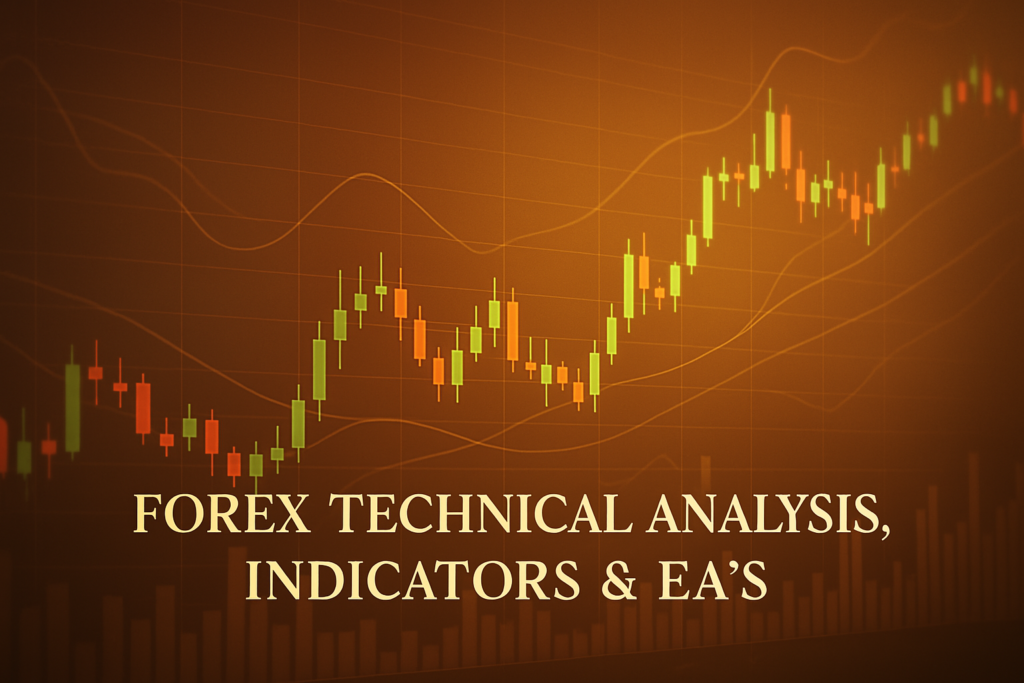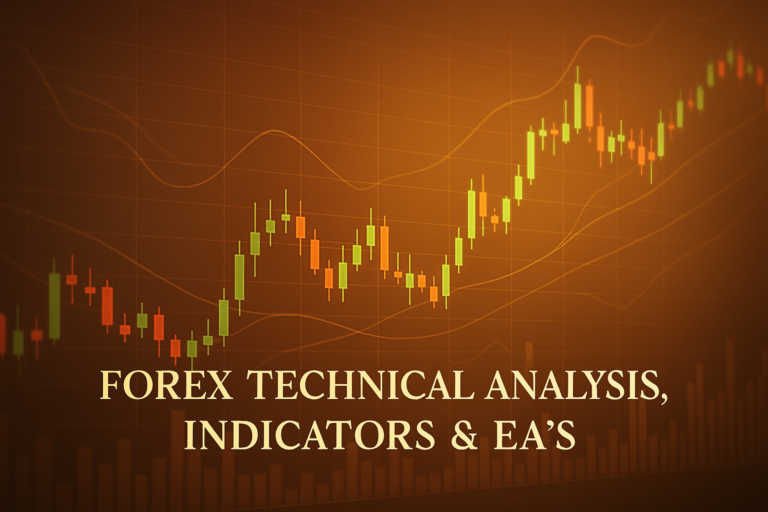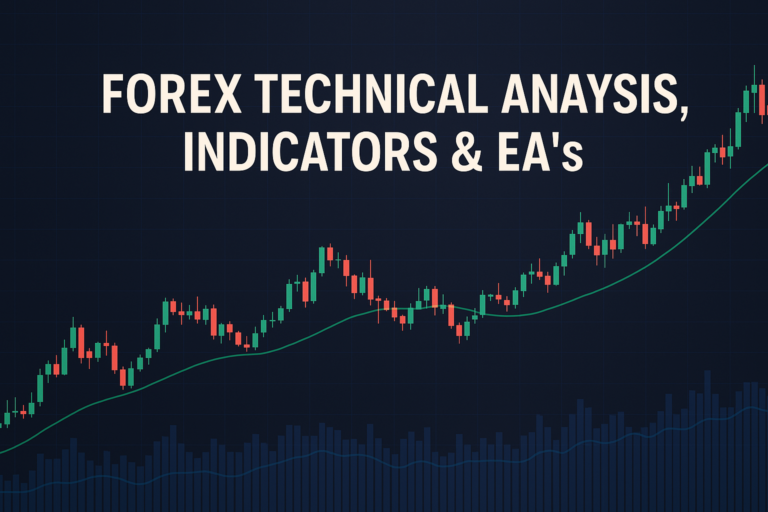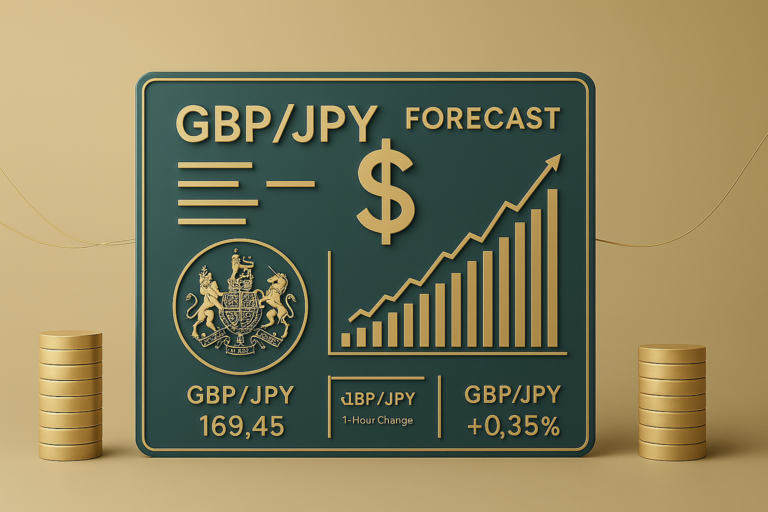
The moving average is a key indicator in Forex trading that helps traders identify trends and make informed decisions.
Imagine you’re on a boat, navigating through turbulent waters. The waves represent the price movements in Forex trading, and you need a tool to help you find your way. Enter the moving average, a powerful indicator that helps traders smooth out price fluctuations and identify trends. It’s like having a compass that guides you through the chaos of the markets. The moving average is essential for both beginners and experienced traders, as it helps them make more informed decisions.
However, many traders struggle with the moving average. Beginners often feel overwhelmed by the different types and calculations, while even seasoned professionals can find it tricky to apply effectively. It’s important to understand the moving average because using it correctly can lead to better trading outcomes. The moving average can help you identify the overall trend, making it easier to decide when to buy or sell. In this article, we’ll explore the moving average, its types, history, and how to use it effectively for your trading success.
Before we dive in, let’s quickly address a common issue: sometimes, the chart background color cannot be semi-transparent. If you’re facing this problem, check out our guide on Chart Background Color Cannot Be Semi-Transparent.
What is a the moving average?
The moving average is a tool used by traders to smooth out price data. Think of it as taking the average of a set of prices over a specific period. For example, if you take the last five days’ closing prices and divide that by five, you get the moving average for that period. This helps you see the overall direction of the price over time, rather than getting distracted by daily ups and downs.
Types of the moving average
There are several types of moving averages, but the most common ones include:
- Simple Moving Average (SMA): This is the most basic form, which takes the average of a set number of prices.
- Exponential Moving Average (EMA): This type gives more weight to recent prices, making it more responsive to current market conditions.
- Weighted Moving Average (WMA): Similar to the EMA, but it assigns different weights to different prices, based on their importance.
How the moving average smooths out price action
The moving average acts like a filter, removing the noise from price movements. When you look at a price chart, you might see many ups and downs. But when you add a moving average line, it smooths those fluctuations, allowing you to see the overall trend much clearer. It’s like looking at the ocean: sometimes it’s choppy, but when you step back, you can see the waves forming a pattern.
Common periods used and why
Traders often use specific periods for their moving averages. Common periods are 10, 20, 50, and 200 days. For example, a 50-day moving average shows the average price over the last 50 days, helping to identify medium-term trends. Shorter periods like 10 or 20 days are better for quick trades, while longer periods like 200 days help you see the overall market direction. Choosing the right period is crucial for aligning your strategy with market movements.
The History of the moving average: How It Became Popular
Origin of the moving average
The moving average has been around for a long time. It was developed by statisticians and traders to help analyze price data. The exact origin is hard to pinpoint, but its purpose was clear: to create a method to smooth out price fluctuations and help traders spot trends.
When did traders start using it widely?
Traders began using the moving average widely in the 20th century, especially as technology advanced. With the rise of computers and online trading, more traders could apply this tool in their daily strategies. It quickly became a staple in the Forex trading community.
Real-life stories
Many professional traders have made fortunes using the moving average. For example, a trader named John noticed a consistent pattern in the moving average during a bullish market. By following the trends indicated by the moving average, he entered and exited trades at the right times, significantly boosting his profits. Stories like John’s inspire many traders to understand and leverage the moving average in their trading strategies.
Advantages and Disadvantages of the moving average
Advantages:
Understanding the advantages of the moving average can help you make better trading decisions. Here are some key benefits:
- Helps identify trends easily: The moving average makes it simple to see if a market is trending up or down.
- Useful for dynamic support and resistance: Traders often use the moving average as a level to watch for price reversals.
- Works well for crossover strategies: When two moving averages cross, it can signal a potential buying or selling opportunity.
Disadvantages:
While the moving average has many benefits, it’s important to be aware of its drawbacks:
- lags behind price movements: Because it’s based on past prices, it may not react quickly to sudden market changes.
- Can give false signals in sideways markets: In a non-trending market, the moving average can lead to confusion and poor trading decisions.
How to Apply the moving average on MT4 & MT5
Step-by-step guide to adding the moving average on charts
To add the moving average on MT4 or MT5, follow these simple steps:
- Open your trading platform and select the chart you want to analyze.
- Click on “Insert” in the top menu, then go to “Indicators” and select “Trend” followed by “Moving Average.”
- Choose the settings you prefer, such as the period and type of moving average, and click “OK.”
Customizing the moving average settings
You can customize your moving average settings to match your trading style. For instance, adjust the period to 20 for short-term trading or 200 for long-term analysis. You can also change the color and style of the moving average line to make it more visible on your chart.
Saving templates for easy application
Once you’ve customized your moving average, consider saving it as a template. This allows you to quickly apply your settings to other charts without having to redo the process each time. To do this, go to “File,” then “Template,” and select “Save Template.” Give it a name and you’ll have it ready for future use!
5 to 7 Trading Strategies Using Only the moving average
Strategy 1: All Time Frame Strategy M5 to D1
This strategy uses the moving average across various time frames. It helps traders identify trends and make decisions based on consistent signals. For example, if the 50-day moving average is above the 200-day moving average on multiple time frames, it indicates a strong uptrend.
Strategy 2: Trending Strategies
In a trending market, traders can use the moving average to enter trades in the direction of the trend. For instance, when the price is above the moving average, it’s a buy signal. Conversely, if the price is below, it’s a sell signal.
Strategy 3: Counter Trade Strategies
This strategy involves trading against the trend when the price touches the moving average. If the price bounces off the moving average, it can signal a potential reversal. Traders might sell when the price hits the moving average in a downtrend.
Strategy 4: Swing Trade Strategies
Swing traders can benefit from the moving average by looking for price retracements. When the price approaches the moving average during an uptrend, it may be a good opportunity to buy. Similarly, in a downtrend, a bounce off the moving average could signal a sell.
5 to 7 Trading Strategies Combining the moving average with Other Indicators
Strategy 1: Moving Average + RSI
Combine the moving average with the Relative Strength Index (RSI) for a powerful strategy. Use the moving average to identify the trend and the RSI to find overbought or oversold conditions. For example, if the price is above the moving average and the RSI is below 30, it could be a buy signal.
Strategy 2: Moving Average + MACD
The Moving Average Convergence Divergence (MACD) can complement the moving average. When the MACD line crosses above the signal line while the price is above the moving average, it’s a strong buy signal.
Strategy 3: Moving Average + Bollinger Bands
Using the moving average with Bollinger Bands can help identify potential breakouts. If the price breaks above the upper band while above the moving average, it could be a signal to buy.
Strategy 4: Moving Average + Fibonacci Retracement
Combine the moving average with Fibonacci retracement levels. If the price retraces to a Fibonacci level and also touches the moving average, it could be a good point to enter a trade.
What is considered the greatest risk associated with forex settlement
Understanding the risks in Forex trading is crucial. One of the main risks is related to the timing of settlements. If you want to learn more about this topic, check our detailed article on what is considered the greatest risk associated with forex settlement.
Top 10 FAQs About the moving average
1. What is a moving average?
A moving average is a statistical calculation used to analyze data over a specific period, smoothing out price fluctuations.
2. Why is the moving average important in Forex?
It helps traders identify trends, making it easier to decide when to buy or sell.
3. What are the different types of moving averages?
The most common types are Simple Moving Average (SMA), Exponential Moving Average (EMA), and Weighted Moving Average (WMA).
4. How can I use moving averages in my trading strategy?
You can use moving averages to identify trends, set support and resistance levels, and create crossover strategies.
5. What are the common periods used for moving averages?
Traders often use periods like 10, 20, 50, and 200 days, depending on their trading style and goals.
6. Can moving averages give false signals?
Yes, especially in sideways markets where there are no clear trends. It’s important to use them in conjunction with other indicators.
7. How do I add a moving average to my trading platform?
In MT4 or MT5, go to “Insert,” then “Indicators,” and select “Trend” followed by “Moving Average.”
8. Can I customize my moving average settings?
Yes, you can adjust the period, type, and color of your moving average to fit your trading style.
9. What is the best strategy using moving averages?
There isn’t a one-size-fits-all answer. It depends on your trading style, but crossover strategies are popular among many traders.
10. How often should I check my moving average?
It depends on your trading timeframe. Day traders might check it more frequently, while swing traders may look at it daily or weekly.
Conclusion
In summary, the moving average is a valuable tool for Forex traders. It helps to identify trends, supports dynamic trading strategies, and can provide clarity in a noisy market. By understanding its advantages and disadvantages, you can apply the moving average effectively in your trading. Remember to test different strategies in a demo account before committing real money, as this will give you the confidence to trade successfully.
As you embark on your trading journey, embrace the moving average as your compass. With practice and patience, you’ll navigate the Forex waters with ease.
Looking to go beyond the basics? This resource offers deeper insights CMC Markets, Kiplinger
Expand Your Knowledge
- 📌 Forex Trading Learning Road Map
- 📌 Forex Trading Course with no Fees
- 📌 Forex Trading Issues, Problems, and Solutions
- 📌 Forex Daily Forecast & Live Updates
- 📌 Forex Fundamental & News Analysis: Tomorrow’s Market Movers & Trade Opportunities
- 📌 Forex Education Hub: Learn & Profit
- 📌 Forex Technical Analysis, Indicators & EA’s
Start Trading Today
Ready to take your forex trading to the next level? Open an account with Exness, one of the most trusted platforms in the industry. 👉 Sign Up Now and trade with confidence!
My recommended broker stands out with ultra-low spreads for beginners, instant withdrawals, and zero spread accounts for pro traders.
Trusted since 2008, lightning-fast execution, no hidden fees, and a secure, transparent trading environment—giving you the edge you need to succeed. 🚀
YouTube Video Library: Related Videos
WHAT IS Moving Average | Exponential Moving Average | SMA- EMA Trading Strategy In Forex Market
Buy or Sell : Moving Average
Best Scalping Moving Average 📈 #markethunter
How to Trade FOREX with Moving Averages. Part 1
Price + Volume = Profit
Unlock Trading Success with Renko Insights! #trading #stocks #investing #forex #daytrading
Which Moving Average is The Best? (EMA vs SMA) #shorts
Note: The video above is embedded from YouTube and is the property of its original creator. We do not own or take responsibility for the content or opinions expressed in the video.





